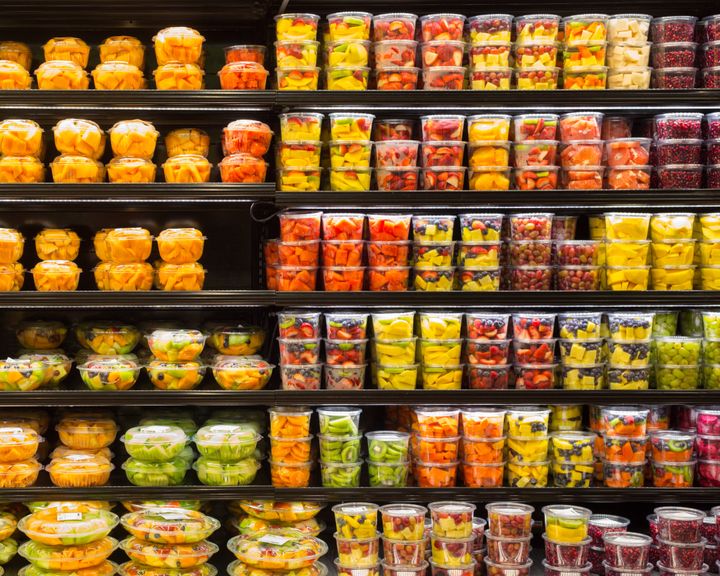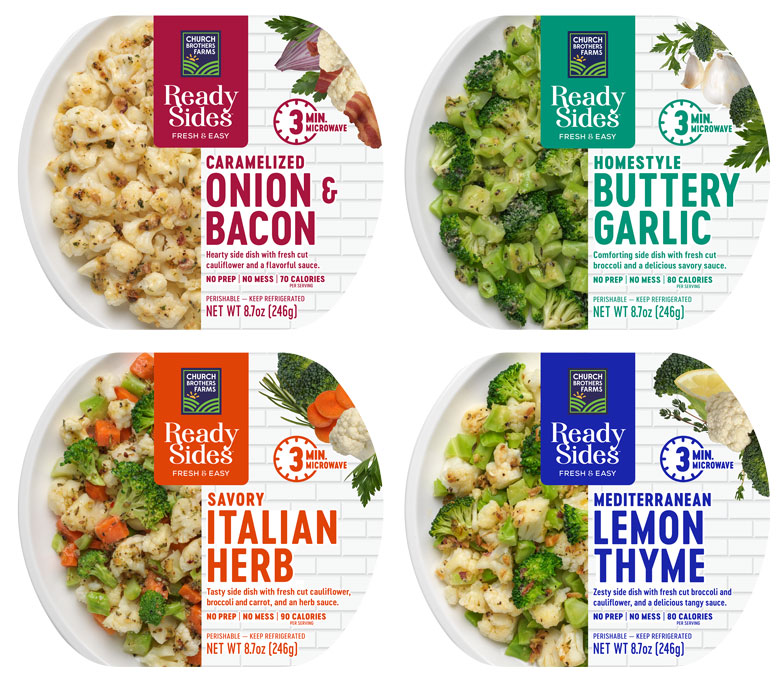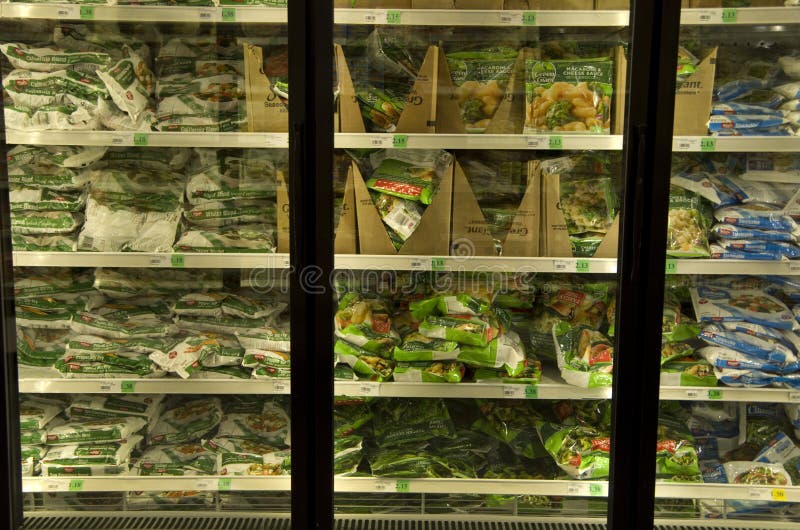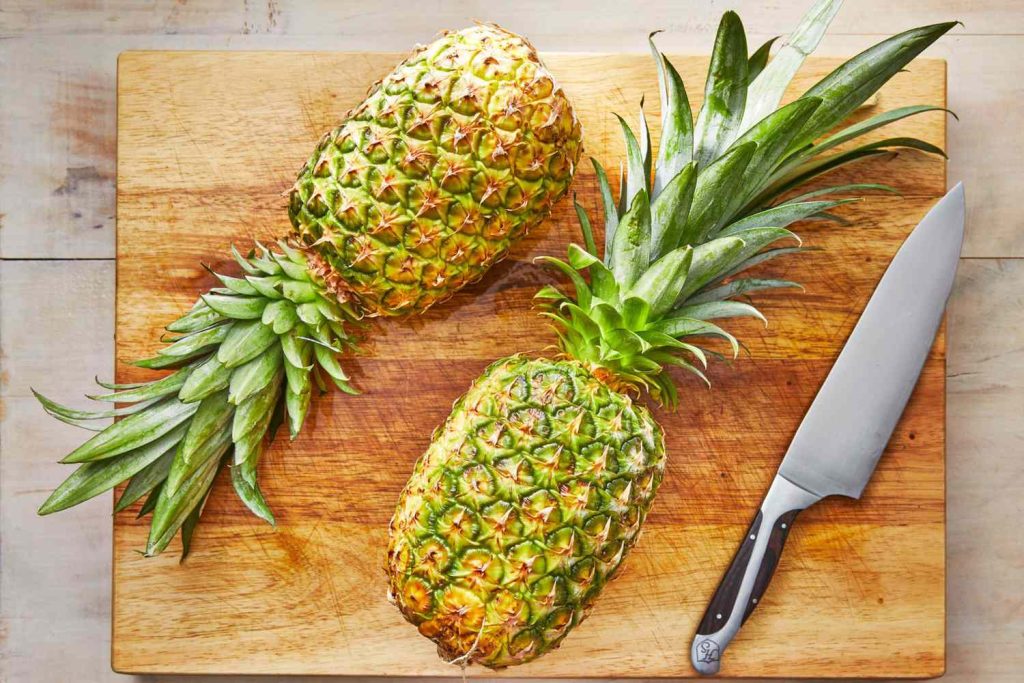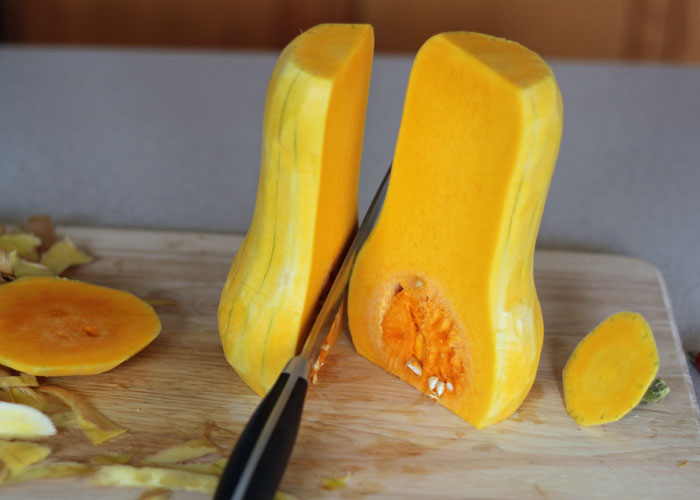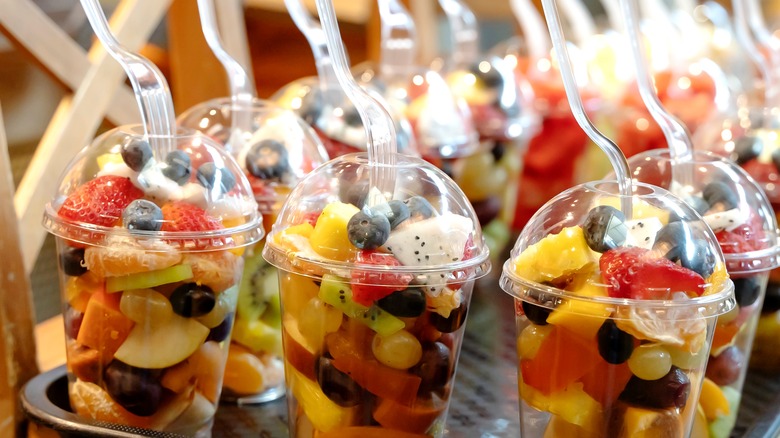Grocery stores know our lives have changed from the previous generation. Unlike our forebears, we are accustomed to fast food, frozen meals, and take-out in a way they could not imagine. No longer is there someone at home all day to cook and clean and keep the house. Your local supermarket is among the many businesses we encounter all the time that know we have less time and busier lives. Funny, I thought we were promised more leisure time, but somehow the amount of work seems to expand to take up any and all available moments.
Time is a big excuse for not cooking when you know you should. All sorts of processed foods have been created just because we don’t want to do it ourselves. Take cake mixes, for example. Making a cake from scratch is not that hard, but not very many home cooks these days start from scratch. I’m not saying there is anything wrong with many of the time-saving processed foods we rely on every day. But some shortcuts just aren’t worth it.
Convenience In The Produce Aisle
Obviously, buying a tub of diced onions will save you a lot of time and trouble when making all kinds of dishes. Then there’s the stuff we can’t do at home so easily, like spiral-cut vegetables or getting the perfect dice or shred. Either way, it looks pretty good, doesn’t it?
But there are lots of bad things connected with pre-cut produce from the supermarket. First of all, there’s the added cost. Sometimes it is worth it, often it is not. Then there’s the fact that you don’t really know how long that container has been on the shelf. Pre-cut items have a much shorter shelf-life than whole, fresh produce. Also, all fruits and vegetables stop developing any more flavor once picked. The deterioration of that product starts almost immediately. Pre-cut produce not only loses its nutritional value every minute it spends on the shelf, but the cutting exposes the food to cross-contamination.
What Are the Benefits of Buying Pre-Cut Foods
There are times when the added expense is worth what you gain in time. For example, if you are cooking a large dinner, the more work you save the more fun you’ll have because you won’t be exhausted.
Another benefit would be that avoiding all that prep work causes you to eat more fresh fruits and veggies. One benefit I get from occasionally buying precut produce is when I need just a small amount of an ingredient I would not otherwise have around. My example here is celery. This vegetable is a frequent ingredient in cooking. But aside from when I need it for a dish or I’m making soup, I really don’t like celery that much. I ate enough celery sticks as a chubby kid to last me a lifetime. So, when I buy a whole bunch of celery it goes to waste. More than half of it will go soft and unappealing in just a few days, and thus into the trash. That’s food waste and I don’t like that. Buying precut celery sticks or chopped celery from the salad bar does cost a little more. But I feel better about not wasting food.
And, there’s the benefit of having the really hard work done for you. Coconuts, most squashes, and gourds are difficult to prep because they are so hard to cut through. You may not have room for a whole watermelon in your refrigerator but you can enjoy cut watermelon.
To put it all in perspective, if you are already finding it difficult to make the time to cook your own meals, any shortcuts might help you get back on track.
Don’t Forget The Freezer
Precut produce isn’t just in the Produce section of the store. You’ll also find a wide range of precut, ready-to-cook vegetables for just about every taste. Like their canned vegetable cousins, these are ready for your pot. But frozen usually has nearly the same nutrition as fresh, while canned vegetables can lose some of their taste and nutrition. Stir-fry vegetable mixes are especially useful with their variety and fineness. Frozen vegetables also allow you to use just what you need and put the rest back in the freezer. You don’t have to thaw them before dumping them in your cooking, they’ll cook through in just a few minutes.
The Best Foods to Buy Pre-Cut
Coconut
There’s a reason to get coconut prepared beforehand. A whole coconut is pretty difficult to deal with so if you want fresh coconut meat, this is a great item to find precut.
Pineapple
A whole pineapple is large and intimidating for many people who are not familiar with preparing it. Peeled and cored pineapple rings are terrific for grilling or baking into desserts with ease. And pre-prepped pineapple tastes great for a marinade or dressing for dinner salads or chicken.
Zoodles
Zoodles can be easy to spiralize once you get the hang of it and have time to do it. But if you don’t own the right tool, grabbing a pre-cut package of zucchini noodles is a great option. And if you end up using them frequently, you may want to invest in your own spiralizer.
Butternut Squash
Another good veggie that is high in antioxidants but cumbersome to cut. Butternut squash is one item that requires some significant elbow grease and time to peel and cut. Buying precut cubes ready for roasting is fabulous for soups, side dishes, grain bowls, and so many other options.
The Worst Foods to Buy Pre-Cut
Mixed Berries
These are very delicate and degrade quickly once washed and sliced, so you won’t have much time to eat them if pre-cut and packaged. Plus they are super expensive too! The quality is not nearly the same as when they are freshly washed and served so avoid buying these pre-made if possible.
Citrus Slices
You’re better off buying whole citrus and peeling yourself since it’s not hard to do and you’ll get more nutrition per fruit. Buy whole oranges, mandarins, or clementines.
Broccoli
No need to buy these already packaged for double or triple the price tag. Precut broccoli and cauliflower heads are usually a waste of money because they are so easy to prepare, just a quick rinse and no peeling required.
Cucumbers
Pre-sliced cucumbers get slimy pretty quickly, so it’s not the best option to buy pre-cut. Plus, they are super easy to slice yourself at home. The same goes for bell peppers, celery, carrots, and other veggies that are often featured on vegetable platters.
